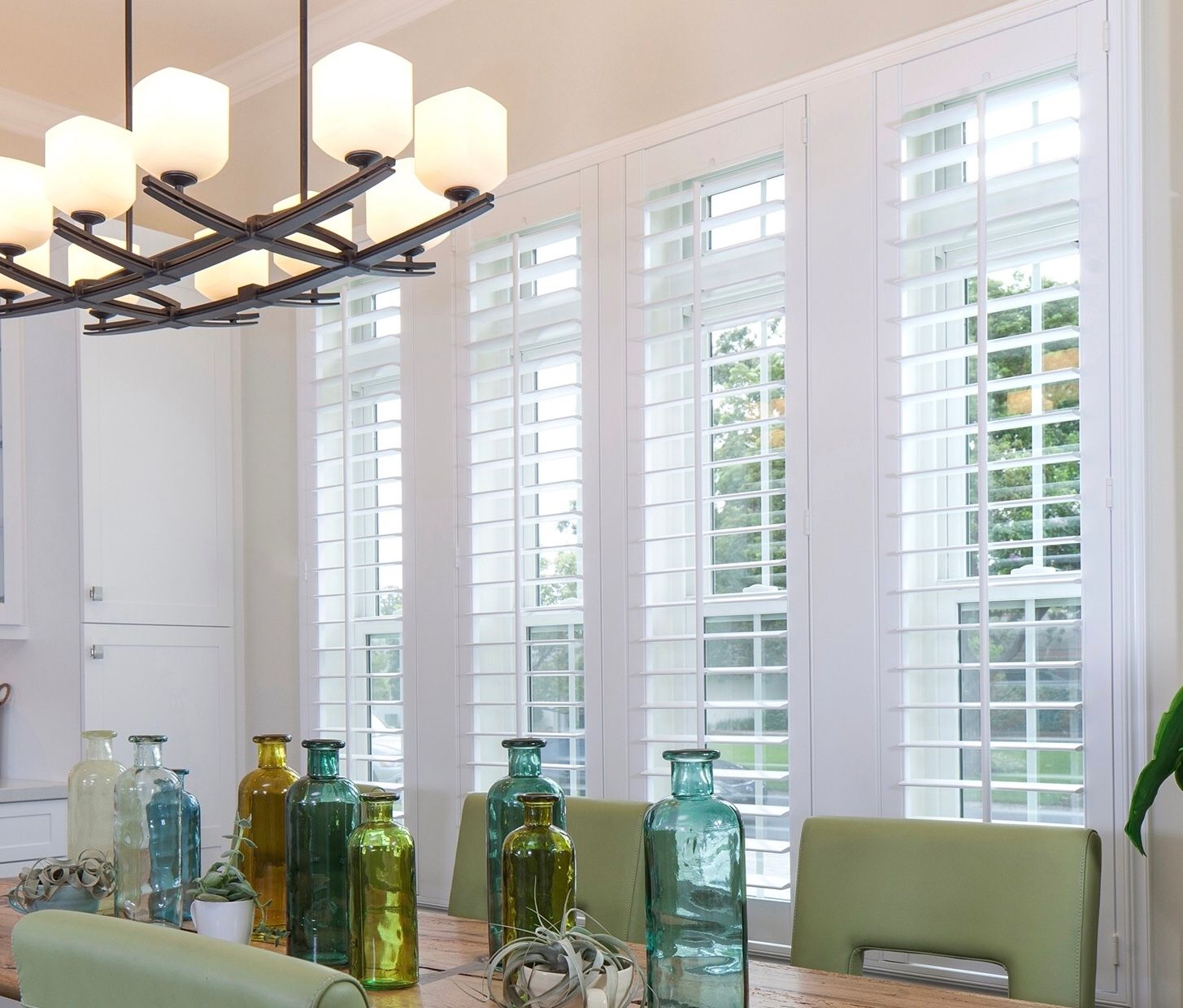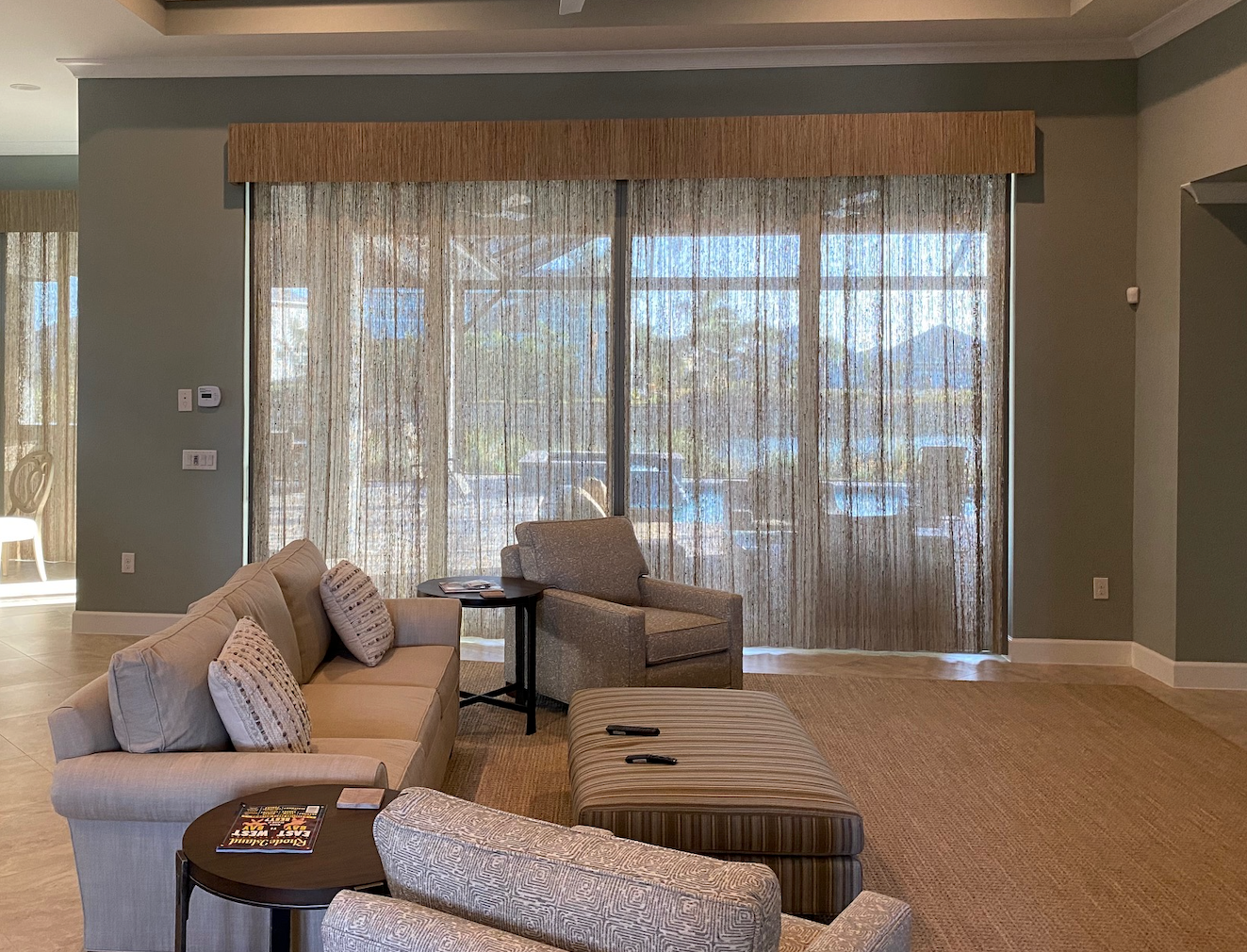New Paragraph
Curtains, Shades or Blinds? How To Choose the Right Window Treatments for Your Home
May 8, 2024
Originally Featured in the Ladue News
Whether you’re moving into a new house or simply looking to refresh your space, there are plenty of options for window treatments that can blend style with functionality. Between drapery, curtains, valences, blinds, shades and shutters, we spoke with local experts about some of the most common treatments – and the benefits they provide, both stylistically and practically.
Before any work can be done, homeowners must consider what they wish to achieve aesthetically. Proctor Drapery and Blinds owner and window fashion designer Michael Proctor says clients need to consider the product, style, pattern, color and texture and how these choices complement the unique décor and architectural qualities of their home.
“Consideration must be given to functionality as well,” he says. “Sunlight, heat control, privacy and ease of operation are very important choices. They can fuse with the aesthetic choices and ensure overall satisfaction.”





